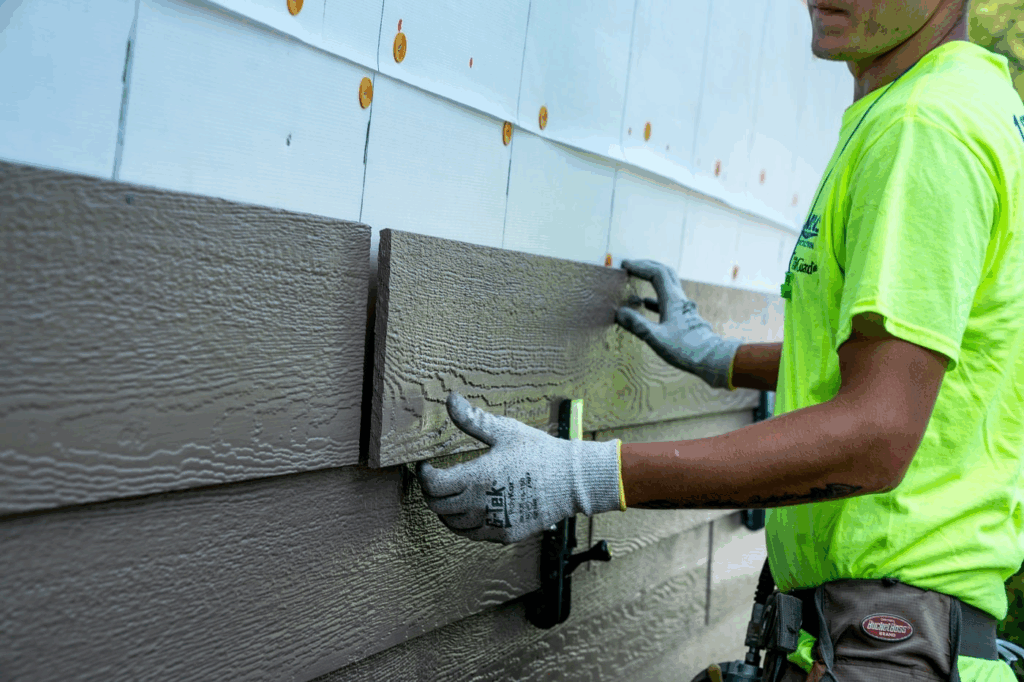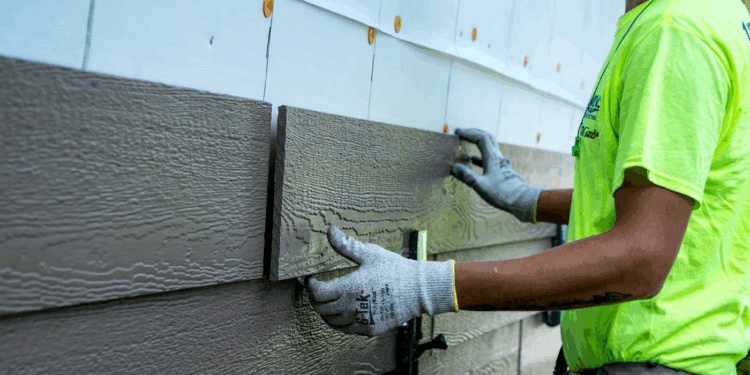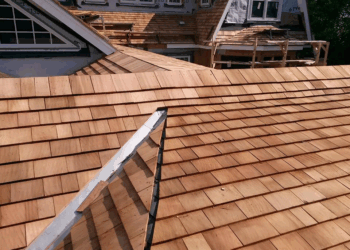
Delving into the realm of house siding installation cost, this introduction sets the stage for an informative journey that sheds light on the various aspects surrounding this topic. With a blend of expertise and clarity, readers are invited to uncover the complexities and nuances of determining the expenses involved in this essential home improvement project.
Moving forward, let’s delve deeper into the intricacies of house siding installation cost and unravel the key factors that play a pivotal role in shaping the overall expenditure.
Factors influencing house siding installation cost
When considering the cost of installing house siding, several factors come into play that can influence the overall expense. These factors can range from material type to labor costs, project size and complexity, as well as the location of the property.
Material Type Impact
The type of material chosen for the house siding can have a significant impact on the overall installation cost. For example, vinyl siding tends to be more affordable compared to options like fiber cement or wood. The quality, durability, and maintenance requirements of the material can also affect pricing.
Labor Costs Role
Labor costs play a crucial role in determining the total expense of house siding installation. Skilled laborers often charge higher rates for their expertise, which can increase the overall cost. The complexity of the project and the time required for installation can also influence labor costs.
Project Size and Complexity
The size and complexity of the house siding installation project can directly affect pricing. Larger properties or those with intricate designs may require more materials and labor, resulting in higher overall costs. Additionally, any customization or special requirements can add to the complexity and cost of the project.
Significance of Location
The location of the property can also impact house siding installation costs. Factors such as accessibility, local building codes, and environmental considerations can affect the overall expense. Properties in remote areas or with challenging terrain may incur additional costs for transportation and logistics.
Different types of house siding materials
When it comes to choosing house siding materials, there are several options available, each with its own unique characteristics and costs. Let’s take a closer look at some of the popular siding materials and compare their costs, durability, maintenance requirements, aesthetic appeal, customization options, energy efficiency, and environmental impact.
Vinyl Siding
Vinyl siding is one of the most popular choices for homeowners due to its affordability and low maintenance requirements. It is cost-effective compared to other materials and comes in a variety of colors and styles. However, vinyl siding may not be as durable as other materials and can crack or fade over time.
Wood Siding
Wood siding offers a natural and timeless look to a home, but it comes at a higher cost than vinyl. Wood siding requires regular maintenance, such as painting or staining, to prevent rot and decay. It provides excellent insulation properties but may be prone to damage from pests and moisture.
Fiber Cement Siding
Fiber cement siding is a durable and low-maintenance option that mimics the look of wood or stucco. It is resistant to fire, insects, and rot, making it a long-lasting choice for homeowners. Fiber cement siding comes at a moderate cost and offers a range of customization options in terms of colors and textures.
Metal Siding
Metal siding, such as aluminum or steel, is another durable option that requires minimal maintenance. It is resistant to fire, rot, and pests, making it a long-term investment for homeowners. Metal siding can be more expensive upfront compared to other materials but offers excellent energy efficiency and can be recycled, reducing its environmental impact.
Average cost breakdown of house siding installation
When it comes to the average cost breakdown of house siding installation, it’s essential to consider various factors that can influence the overall expenses. One of the key elements to look at is the cost per square foot for different siding materials.
Additionally, factors such as insulation, trim work, permits, region, and seasonality can also impact the total installation cost.
Average costs per square foot for different siding materials
| Siding Material | Average Cost per Square Foot |
|---|---|
| Vinyl | $3
|
| Fiber Cement | $5
|
| Wood | $6
|
| Brick | $8
|
Factors contributing to overall installation cost
- Insulation: Adding insulation can increase the cost but also improve energy efficiency.
- Trim Work: Intricate trim work can add to the labor costs of installation.
- Permits: Obtaining permits for the installation may have associated fees that contribute to the overall cost.
Cost variations based on region or seasonality
- In regions with higher labor costs, the overall installation cost may be higher.
- Seasonal factors such as demand for installations during peak times can also affect pricing.
Cost estimates for different home sizes
- Small Home:For a small home with less square footage, the total cost may range from $5,000 to $10,000.
- Medium Home:A medium-sized home can have an installation cost between $10,000 and $20,000.
- Large Home:Larger homes with more square footage may require an investment of $20,000 to $30,000 for siding installation.
Tips to reduce house siding installation costs
When it comes to reducing house siding installation costs, there are several strategies that homeowners can employ to save money. Whether it’s negotiating with contractors, considering DIY installation, exploring financing options, or implementing maintenance practices, there are ways to lower the overall expenses associated with siding installation.
Negotiating with Contractors
- Get multiple quotes from different contractors to compare prices and services offered.
- Ask for discounts or promotions that may be available during certain times of the year.
- Consider bundling other home improvement projects with the siding installation for a better deal.
DIY Installation
- For those with the necessary skills and tools, DIY installation can save a significant amount of money on labor costs.
- Research tutorials and guides to ensure proper installation and avoid costly mistakes.
- Consider enlisting the help of friends or family members to make the process more manageable.
Financing Options and Incentives
- Look for financing options such as low-interest loans or credit cards with promotional rates to spread out the cost of siding installation.
- Check for any rebates or incentives offered by manufacturers or local government programs for energy-efficient siding materials.
- Explore the possibility of tax credits or deductions that may be available for home improvement projects that increase energy efficiency.
Maintenance Practices
- Regularly inspect the siding for any damage or signs of wear and tear to address issues early on and prevent costly repairs in the future.
- Clean the siding periodically to remove dirt, mold, or mildew that can deteriorate the material over time.
- Consider applying a protective coating or sealant to extend the lifespan of the siding and reduce the frequency of replacements.
Closing Notes
In conclusion, the discussion on house siding installation cost unveils a tapestry of insights that empower homeowners to make informed decisions. By understanding the interplay of factors influencing costs, exploring different materials, and considering cost-saving strategies, individuals can navigate the realm of house siding installation with confidence and clarity.
Essential Questionnaire
What role does material type play in determining house siding installation cost?
The material type significantly impacts the overall cost due to variations in material prices, installation requirements, and long-term maintenance expenses.
How can homeowners negotiate with contractors to reduce house siding installation costs?
Homeowners can negotiate by obtaining multiple quotes, comparing prices, discussing payment terms, and clarifying the scope of work to ensure transparency and cost-effectiveness.
Are there any financing options available to lower the overall installation cost?
Yes, homeowners can explore financing options such as home improvement loans, contractor financing, or energy-efficient mortgages to offset the upfront costs of house siding installation.














